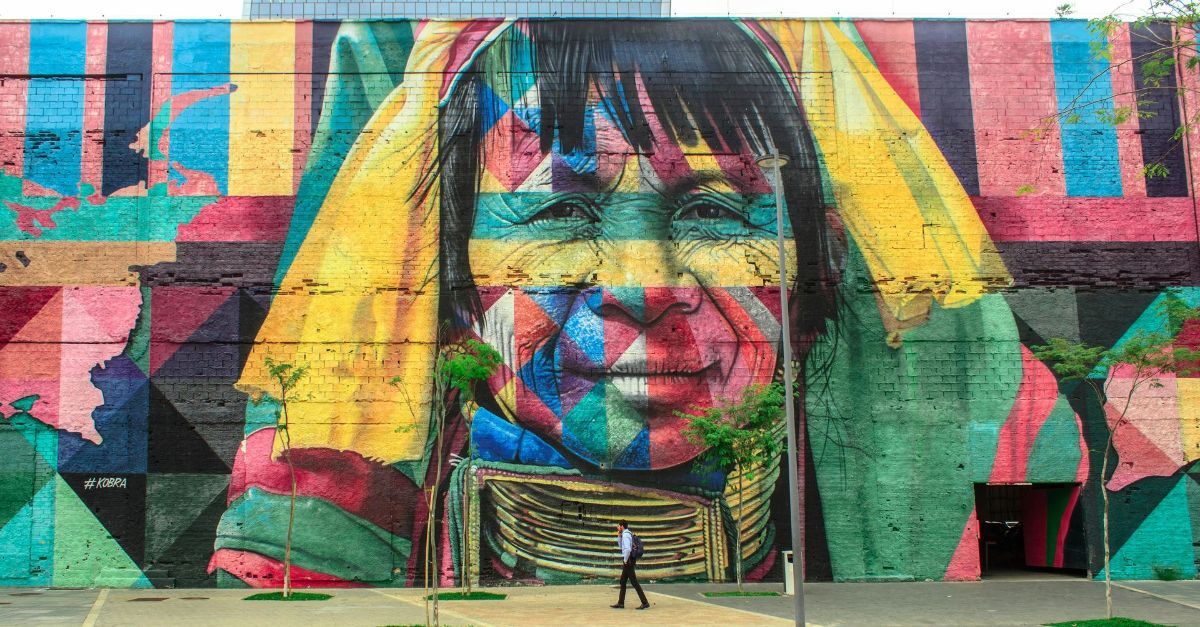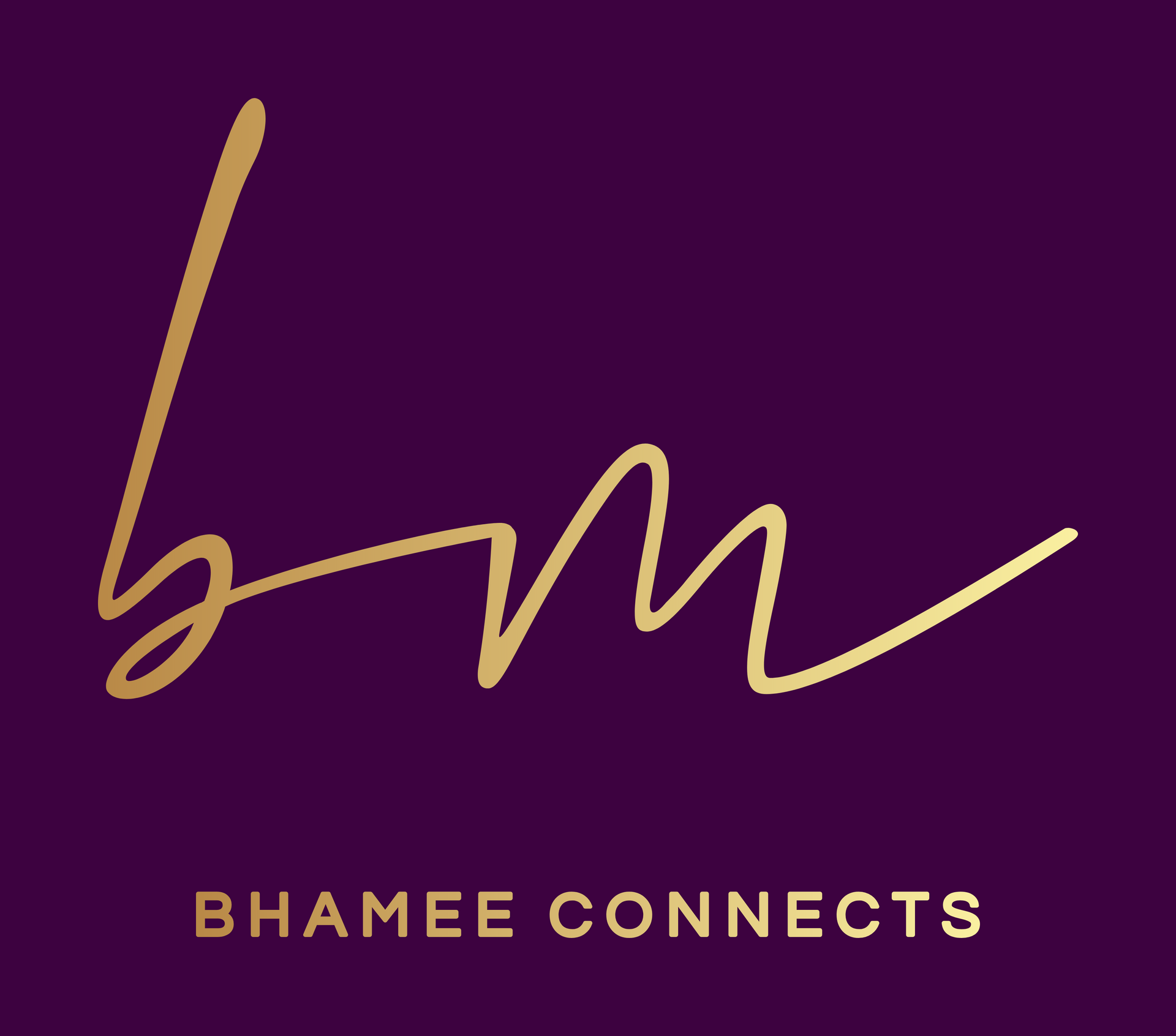Embracing Diversity: The Power of Multicultural Marketing
Canada is celebrated for its rich diversity, where cultures, languages, and traditions intersect to create a unique national identity. For businesses, this diversity presents a tremendous opportunity—and a challenge. Connecting with diverse communities requires more than a one-size-fits-all approach. It calls for multicultural marketing: crafting tailored, inclusive campaigns that resonate with specific audiences while celebrating their unique identities.
At BhaMee Connects, we believe that multicultural marketing is more than a strategy; it’s a way to foster authentic connections. Let’s explore how embracing diversity can help your brand engage effectively and build trust with multicultural audiences.

Understanding Multicultural Marketing
Multicultural marketing focuses on creating campaigns that resonate with specific cultural or ethnic groups. It goes beyond simply translating content into different languages—it’s about understanding cultural nuances, values, and preferences to craft messaging that feels authentic.
Why It Matters in Canada:
With 37% of Canadians either settled immigrants or their children, multicultural marketing isn’t optional—it’s essential. This demographic represents a significant and growing portion of the population, making it a key audience for brands looking to expand their reach.
1. Speak Their Language—Literally and Figuratively
Language is a powerful tool for building trust and connection. But multicultural marketing isn’t just about translation; it’s about localization. Tailoring content to reflect the cultural context and preferences of your audience is critical.
Example:
Loblaws’ "Diwali Celebrations" campaign includes in-store signage in multiple languages, traditional Diwali-themed products, and culturally relevant recipes, making it a go-to destination for South Asian shoppers during the festival.
Takeaway: Localization shows that your brand values and respects the cultural traditions of your audience, building trust and loyalty.
2. Celebrate Cultural Events
One of the most effective ways to connect with multicultural communities is by acknowledging and celebrating their cultural events. Whether it’s Lunar New Year, Eid, or Pride Month, aligning your campaigns with these occasions shows inclusivity and awareness.
Example:
Google Canada created a Lunar New Year doodle and partnered with local Chinese businesses to spotlight their offerings. This initiative not only engaged Chinese-Canadian audiences but also supported local entrepreneurs.
Takeaway: Inclusive campaigns tied to cultural events demonstrate that your brand celebrates diversity and is actively part of the community.
3. Avoid Stereotypes and Tokenism
While it’s important to tailor your marketing to diverse audiences, it’s equally important to avoid oversimplifying or stereotyping. Authentic representation matters, and campaigns that feel genuine are far more likely to resonate.
Example:
Air Canada’s "Proudly Canadian" campaign highlighted real stories from diverse employees, showcasing their journeys and contributions. This authentic storytelling celebrated the airline’s multicultural workforce without relying on clichés.
Takeaway: Representation should feel real and thoughtful, not forced or performative.
4. Engage with Community Leaders and Organizations
Building partnerships with community leaders, influencers, and organizations can amplify your message and establish credibility within multicultural communities. These partnerships ensure your campaigns are rooted in cultural authenticity.
Example:
Tim Hortons partnered with local mosques during Ramadan to provide free coffee and doughnuts for evening prayers. This gesture resonated deeply with Muslim communities, showcasing the brand’s commitment to inclusivity.
Takeaway: Collaboration with trusted voices in the community can enhance your brand’s reputation and deepen connections.
5. Leverage Data and Insights
Understanding your audience starts with data. Use demographic and cultural insights to tailor your campaigns effectively. Look into language preferences, purchasing behaviors, and cultural celebrations to craft marketing that hits the mark.
Example:
PepsiCo analyzed purchasing patterns among South Asian consumers in Canada and launched a campaign for Lay’s featuring Bollywood-inspired packaging and advertisements, resulting in increased sales and engagement.
Takeaway: Data-driven campaigns ensure your efforts are targeted, relevant, and impactful.
Why Multicultural Marketing is Good for Business
Beyond fostering inclusivity, multicultural marketing drives tangible results. It helps brands tap into new customer bases, build loyalty, and stand out in a crowded market. When done well, it’s not just about reaching diverse audiences—it’s about creating a brand that reflects and celebrates the diversity of its customers.
How BhaMee Connects Can Help?
At BhaMee Connects, we specialize in creating multicultural marketing strategies that go beyond surface-level inclusion. From culturally tailored content to partnerships with community leaders, we help brands build meaningful connections that resonate deeply with diverse audiences. Let’s work together to create campaigns that celebrate diversity and drive results.

